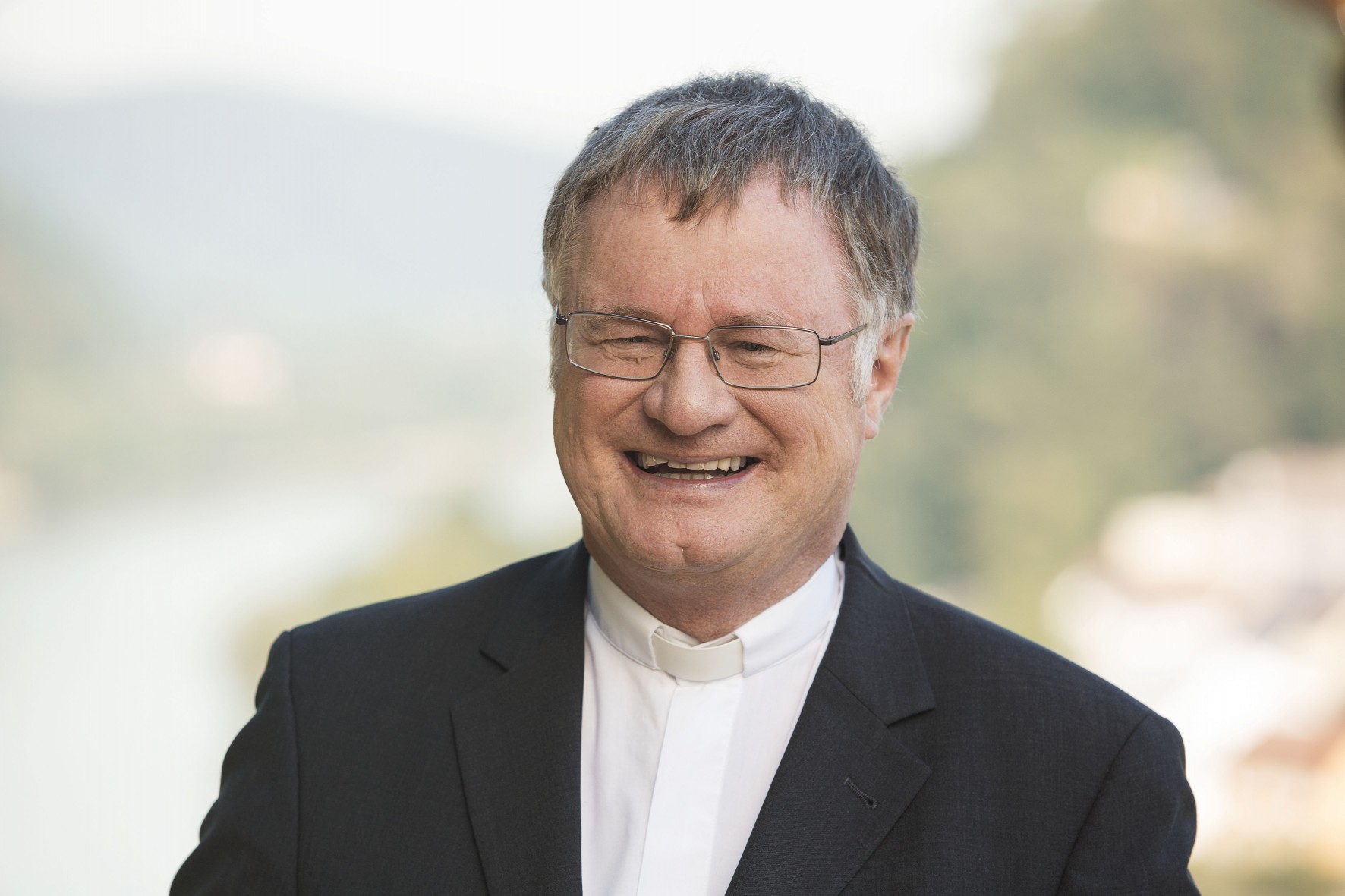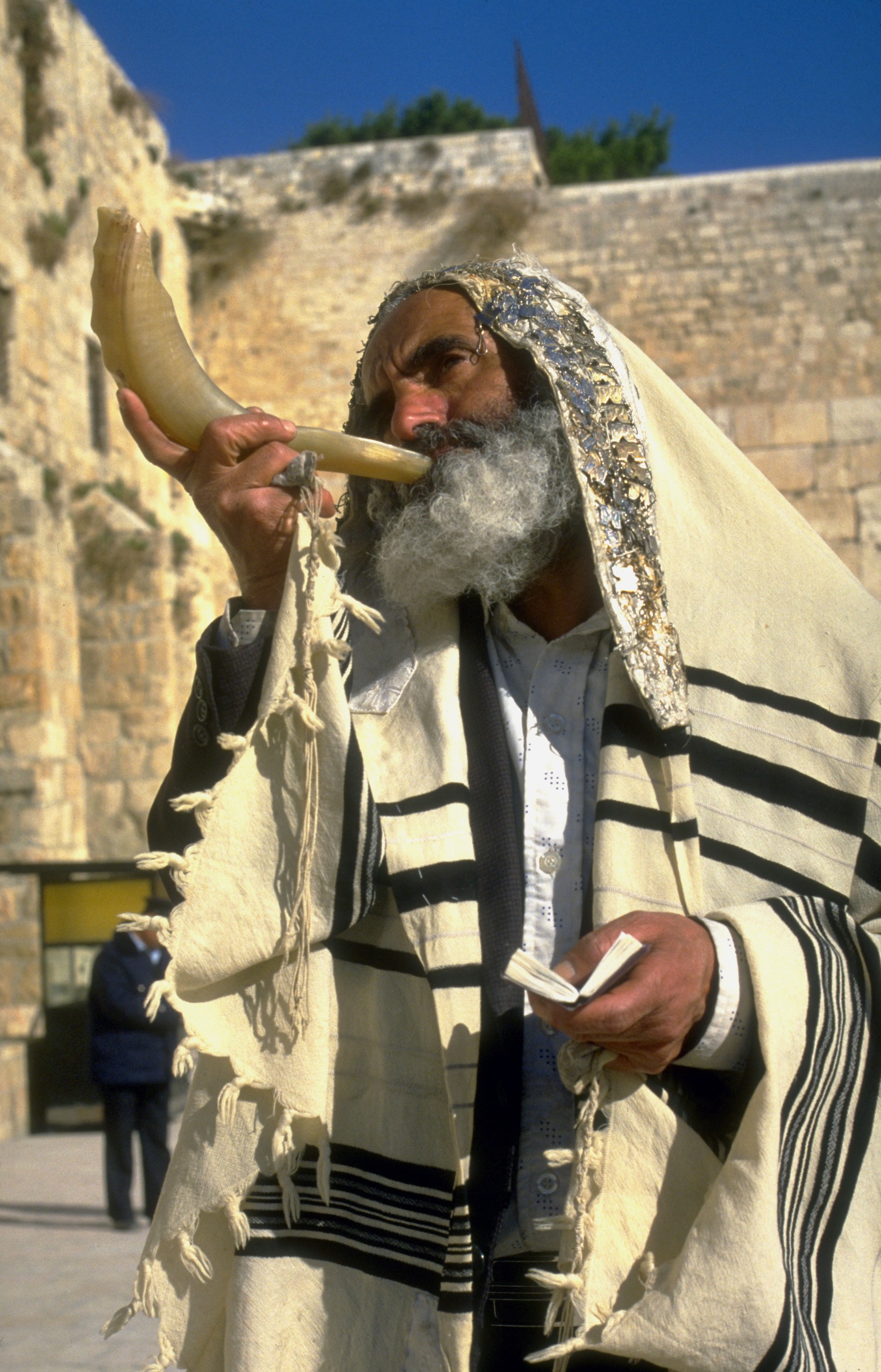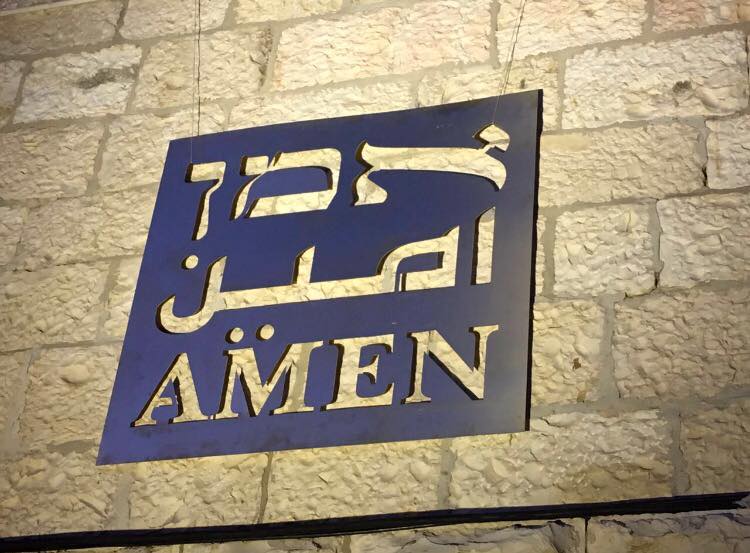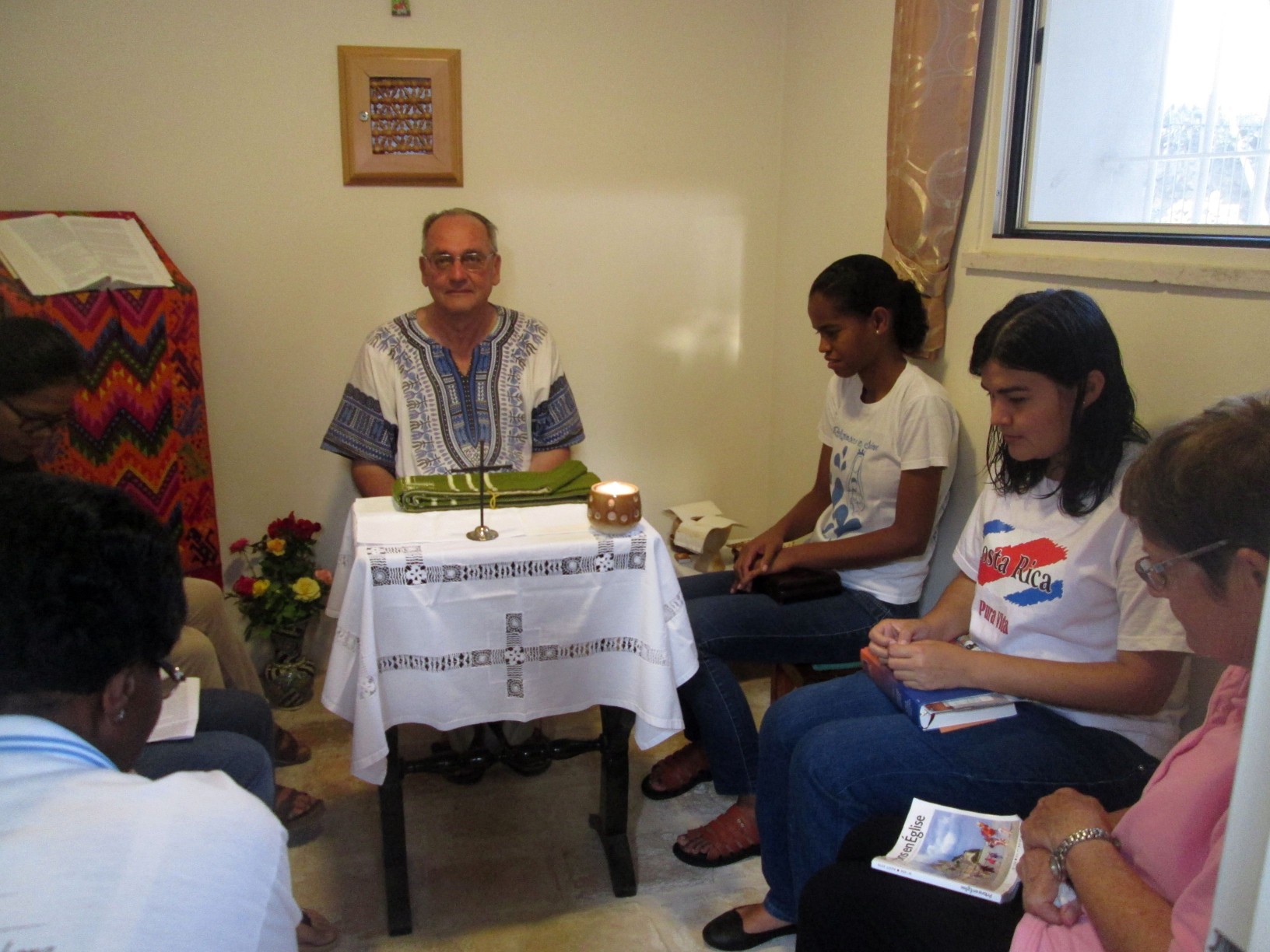Normal und anders
Vom Genetiker Markus Hengstschläger stammt das Buch Die Durchschnittsfalle. Gene Talente – Chancen:1 Die Mittelmäßigkeit ist der Liebling der Österreicher. Das führt unser Land in eine evolutionäre Sackgasse. „Der Durchschnitt hat noch nie etwas Innovatives geleistet. Da schwärmt ein Vater: ‚Mein Sohn ist so problemlos, ist noch nie negativ aufgefallen.‘ Aber auch positives Auffallen ist nicht erwünscht. Das wäre nämlich Stress. Die Gesellschaft arbeitet immer auf den Durchschnitt hin. Wie soll etwa eine Durchschnittsnote entscheiden, ob jemand ein guter Arzt wird? Der statistische Durchschnitt bringt nicht weiter und ist nicht zukunftstauglich. Eine repressive Egalität blendet das konkrete antlitzhafte Du mit der konkreten Wirklichkeit von Leid, Angst, Unterdrückung und Tod aber aus. Individualität hat keine Chance. Was ist bei einem statistischen Durchschnitt mit dem konkreten Gesicht, mit dem Antlitz, mit dem Namen? Was mit der Zärtlichkeit und mit dem Eros, was mit der Schönheit, was mit dem Beten? Sind Zahlen arbeitslos? Haben Statistiken Probleme? Sterben Zahlen an Krankheiten? In der Sache geht es um das Talent oder auch Charisma, also um das individuelle, besondere Wissen, Können …







